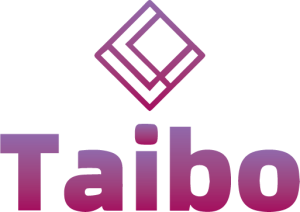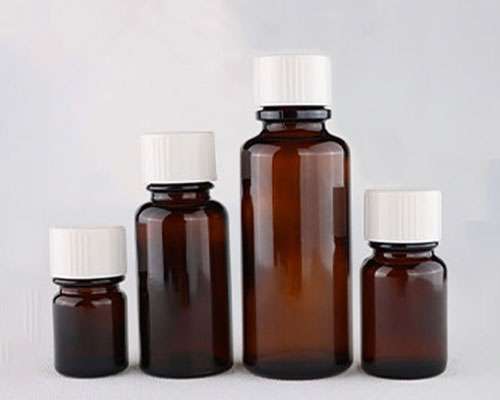As a manufacturer of glass bottles, we carefully control every detail. From raw materials to high-quality finished products, every step is important. Every aspect of our medicine glass bottles reflects our commitment to quality and service. Learn more about our expert craftsmanship and stringent standards, and explore the quality testing of our products. From making packaging to shipping, we’ll cover the different stages of high-quality medicine glass bottles.
Glass Medicine Bottle Production Process
Glass medicine bottles are one of the most important pharmaceutical packaging materials, and their quality has received widespread attention. Then its production materials and processes are essential when introducing the product.
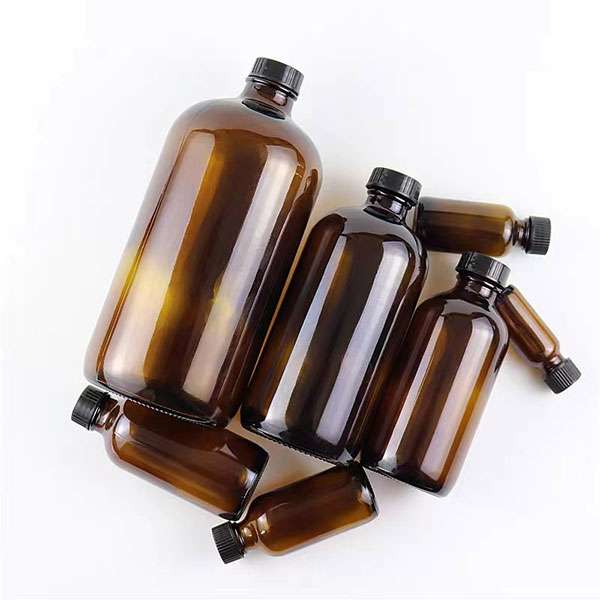
1) Main Ingredients
As we all know, medicinal glass bottles are made of glass. The main raw materials of glass include quartz sand, limestone, feldspar, soda ash, boric acid, etc. Glass medicine bottles can be divided into the following types according to their composition: first, soda glass; second, lead glass; third, borosilicate glass. Borosilicate glass materials are divided into four categories: high borosilicate glass, medium borosilicate glass, low borosilicate glass, and soda-lime glass according to the difference in linear thermal expansion coefficient and boron trioxide content, combined with glass performance requirements. By adding different metallic elements, the glass bottles take on colors. These tinted glass vials are light-proof and enhance the stability of your medications.
2) Production Process
Raw Material Preprocessing
Crush the bulk raw materials (quartz sand, soda ash, limestone, feldspar, etc.) to dry the wet raw materials, and remove iron from the iron-containing raw materials to ensure the quality of the glass.
Melt
The prepared raw materials are heated at high temperatures to form a uniform bubble-free glass liquid. This is a very complex physical and chemical reaction process. The glass batch materials are heated to high temperatures in a pool kiln or furnace to form a liquid glass that is uniform, bubble-free, and meets the molding requirements.
Forming
It converts molten glass into solid products with a fixed shape. Forming must be carried out within a certain temperature range, which is a cooling process. Glass first changes from a viscous liquid to a plastic state and then to a brittle solid. Forming methods can be divided into two categories: artificial and mechanical forming.
Annealing
Glass undergoes severe temperature changes and shape changes during the forming process, which leave thermal stress in the glass. This thermal stress reduces the strength and thermal stability of the glass article. If it is cooled directly, it is likely to break by itself during the cooling process or subsequent storage, transportation, and use.
Quality Control Measures At Different Stages
To ensure that each glass medicine bottle meets high standards. Meticulous inspection and monitoring are required from the raw materials to the manufacturing process, and shipping stage.
1)Testing Of Raw Materials
The quality of glass bottles starts with the selection of high-quality raw materials. We purchase high-quality quartz sand, soda ash, and limestone. These materials meet purity and chemical standards. They are free of contaminants and impurities, producing higher-quality glass medicine bottles
2)Process Monitoring
The use of alternating air and water and a unique tracking bottle washing method ensures the cleanliness of the bottle washing. We realize bottle-free and filling-free manipulator clamping and positioning handover of bottlenecks without scratching the bottle body or bottom. Use a robot to clean and disinfect glass medicine bottles.
Quality Inspection Of Medicine Glass Bottles
1)Water Resistance
Water is highly corrosive to glass, and glass without any treatment is prone to hydrolysis. The water resistance of glass refers to the amount of alkali precipitated per unit mass of glass under specific conditions (generally expressed by the volume of acid consumed or converted into the mass of sodium oxide). The less the amount of alkali precipitated by the glass, the higher the water resistance level. The higher it is, the less impact it will have on water-based drugs.
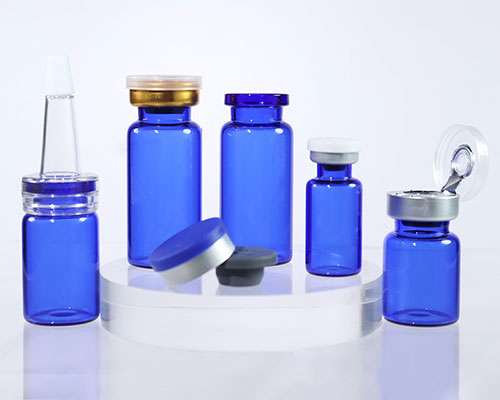
2)Exterior
Medicinal glass containers should be clean and transparent to detect visible foreign matter, impurities, and deterioration of the injection. Care should be taken in glass selection for light-sensitive drugs. The amber (brown) glass bottle formula contains iron salts, which can prevent light with wavelengths below 470nm. Green and Blue glass bottles can transmit strong ultraviolet light. When testing glass medicine bottles, both the light-shielding performance of the glass packaging material and its chemical stability must be considered.
3)Acid Or Alkali Attack On Glass Bottles
Silicate glass has good corrosion resistance to general acidic media. Since acid corrodes glass through the action of water in an acidic solution, concentrated acid is generally less corrosive to glass than dilute acid. Silicate glass has weak alkali resistance and is far inferior to its acid resistance and water resistance. Alkali can completely dissolve glass. Do not use glass containers to hold alkali solution for a long time, as this can easily cause the liquid preparation to fail the detection of visible foreign matter.
4)Residual Internal Stress
During the process, glass vials are subjected to drastic, uneven temperature changes, which can produce thermal stress. This thermal stress can reduce the strength and thermal stability of glass vials. After processing is completed, use a qualitative stress or stress meter for testing.
5)Packaging Inspection
Before packaging pharmaceutical glass bottles, there is generally a process of complete inspection of the product. It is called the verification and acceptance process. This process is divided into two types: manual inspection and automatic inspection. Most medicinal glass bottles use manual inspection. Under the illumination of a strong light inspection table, each bottle is visually inspected, and unqualified products with appearance defects are rejected. Automatic inspection can test the size, appearance, defects, etc. This is the development direction and effective way to improve the quality level of medicinal glass bottles.
Advanced Technology And Craftsmanship

No matter which process is used to produce pharmaceutical glass bottles. The mold material will be strictly controlled. The finish of the glass bottle will be directly related to the quality of the mold and the insulation measures. Use automatic machinery to produce to ensure temperature and production quantity. One of the advanced bottle-making technologies. It uses high-pressure and high-speed injection of the preform, axial stretching, bidirectional blow molding, cooling, and shaping of the preform.
Packaging And Shipping Of Medicine Glass Bottles
Medicinal glass bottle packaging is closely related to medicinal glass bottles. There are generally two types of packaging forms for medicinal glass bottles. One is ordinary packaging in corrugated boxes, the other is thermal packaging using PVC or PE film. Shrink packaging, plus a small amount of pallet packaging. From the perspective of product protection and cleanliness requirements, the quality of heat shrink packaging and pallet packaging is far superior to ordinary carton packaging.
Conclusion
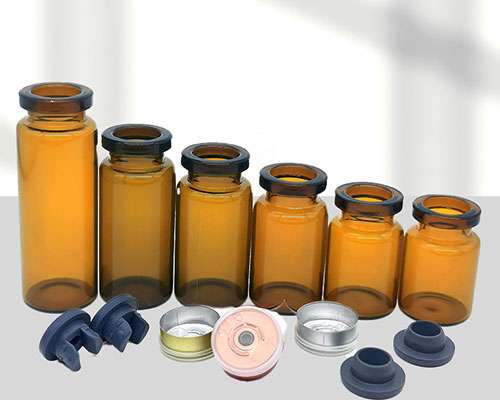
In recent years, new packaging materials have increased, and glass pharmaceutical packaging design is also constantly undergoing reform and innovation. To ensure the production of high-quality glass medicine bottles. Taibo Glass Factory is moving towards humanization, diversification, and specialization. Medicinal glass is a packaging material that directly contacts drugs. We must ensure the stability, safety, and effectiveness of the drugs. And ensure that the medicines are suitable for promotion. We are working hard to achieve reasonable and efficient production of glass medicine bottles and eliminate backward production capacity. Taibo Glass Factory faces globalization and moves toward globalization. Welcome to cooperate, contact us and we will reply within 24 hours.
